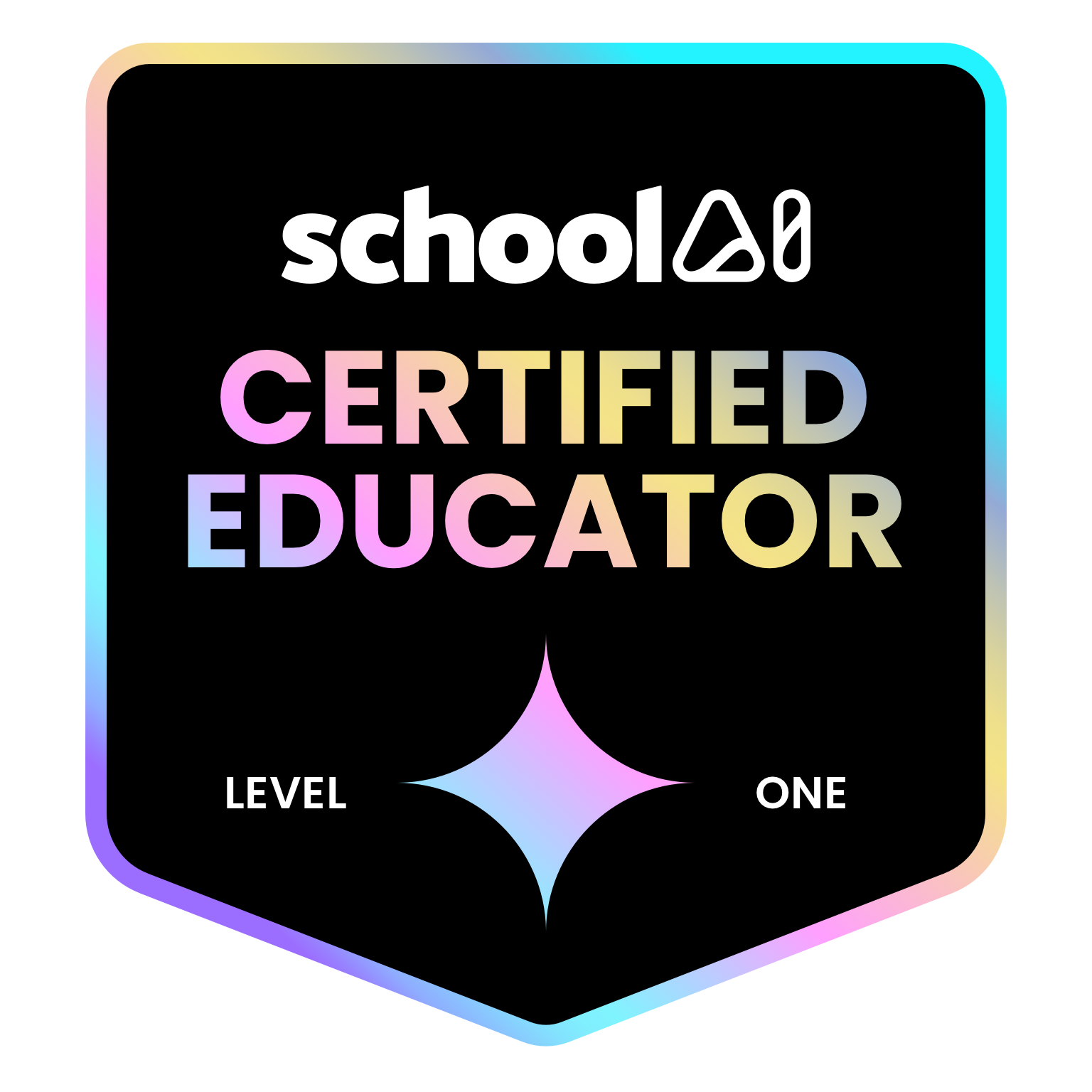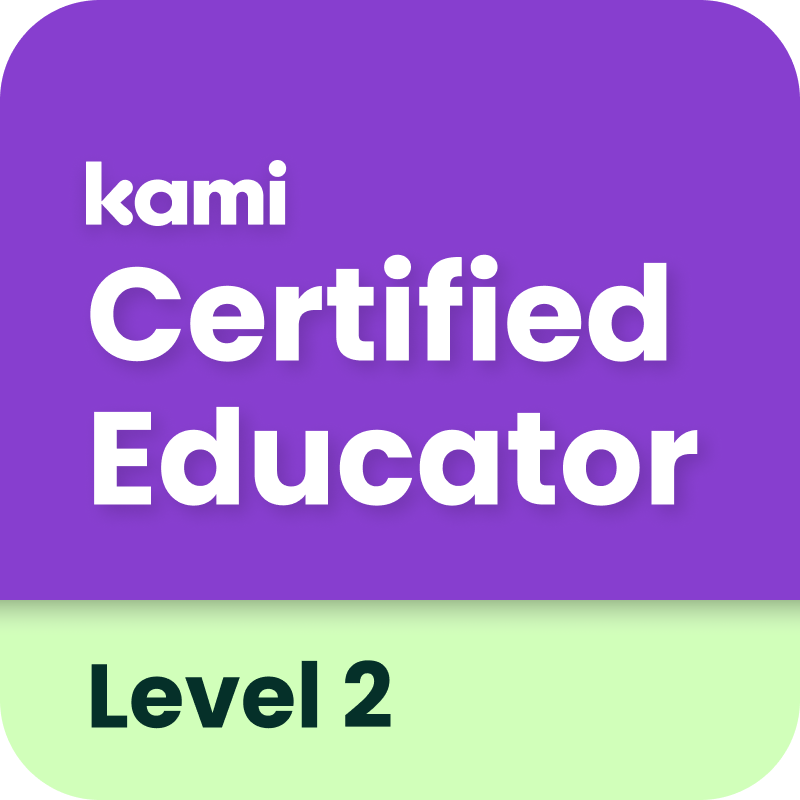Back in mid-November I wrote about how my students were using technology as tool in reference to the addition of iPads into my classroom. I was able to purchase 12 iPads with funds from Learn & Serve America. My 6th graders have been studying the water quality of our neighborhood creek, Chimacum Creek, for over 10 years now and we partner with the North Olympic Salmon Coalition (NOSC). NOSC works with 6th graders to teach them about the history of Chimacum Creek and our 6th graders plant trees along different sections of the creek to restore the native vegetation in parts where weeds have taken over. Because 6th graders learn about water pollution, salmon and water quality as well as testing the waters of our creek and planting trees with NOSC it is a great Environmental Science Service-Learning project. That is why Learn & Serve has been funding this project for years.
You might be wondering why purchase iPads for a water quality project? That is a reasonable question. Over the years I have used a majority of the grant funds to purchase water quality testing equipment but whenever I have enough money left over I purchase technology to enhance the project. Every piece of technology purchased with the Learn & Serve grant funds is used to help students learn about water quality, pollution, salmon, and benthic macroinvertebrates but to take it a step further into the 21st century we use the technology to reach out to other students. Students use the iPads and other assorted computers to not only read content but also to create in the form of blogging and drawing diagrams and sometimes even animations. Students blog at our Science Class Blog and we share our work with students from all over. Currently we have been reading and commenting back and forth with 8th grade Science classes in New York.
Once my students complete some of their research on water pollution and salmon we start taking trips down to our creek, which runs on the outskirts of our campus. While there students use Vernier LabQuests and probes and sensors to test for things like dissolved oxygen, pH, temperature, flow rate, nitrates, ammonia, and turbidity. A couple of students in each class are also taking pictures and videotaping each other doing their jobs so that when they write their blogs to share their data and conclusions they can also share pictures and movies showing what they did. I used my iPhone to get a little bit of footage for me and put together the following video for a school board presentation I did with three of my students:
If you have students who are blogging or who are collecting water quality data leave me a comment here so they read what we’re doing and leave comments and my students can read what your students are blogging about and leave comments! This year our 8th graders, as part of their study of Life Science, are visiting our creek to set traps. We use the traps to identify and count fish using our creek for the Jefferson Conservation District. Pretty cool! I appreciate being able to have my kids out in the field doing Science as well as in the class learning Science.






















































